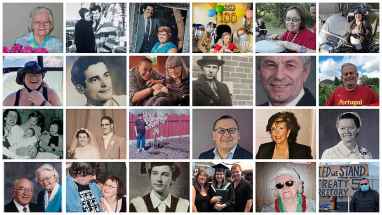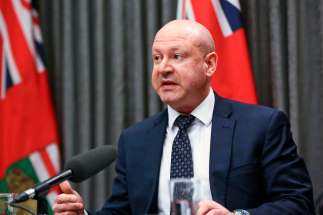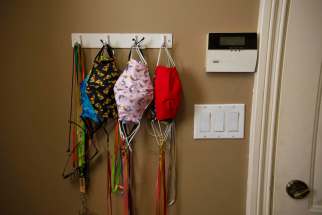What a difference a year makes
Read this article for free:
or
Already have an account? Log in here »
To continue reading, please subscribe:
Monthly Digital Subscription
$1 per week for 24 weeks*
- Enjoy unlimited reading on winnipegfreepress.com
- Read the E-Edition, our digital replica newspaper
- Access News Break, our award-winning app
- Play interactive puzzles
*Billed as $4.00 plus GST every four weeks. After 24 weeks, price increases to the regular rate of $19.00 plus GST every four weeks. Offer available to new and qualified returning subscribers only. Cancel any time.
Monthly Digital Subscription
$4.75/week*
- Enjoy unlimited reading on winnipegfreepress.com
- Read the E-Edition, our digital replica newspaper
- Access News Break, our award-winning app
- Play interactive puzzles
*Billed as $19 plus GST every four weeks. Cancel any time.
To continue reading, please subscribe:
Add Free Press access to your Brandon Sun subscription for only an additional
$1 for the first 4 weeks*
*Your next subscription payment will increase by $1.00 and you will be charged $16.99 plus GST for four weeks. After four weeks, your payment will increase to $23.99 plus GST every four weeks.
Read unlimited articles for free today:
or
Already have an account? Log in here »
Hey there, time traveller!
This article was published 11/03/2021 (1689 days ago), so information in it may no longer be current.
It has been exactly one year since Manitoba announced its first case of the novel coronavirus. It has been exactly 365 days since the gravity of what the World Health Organization had that week declared a global pandemic hit home for everyone in this province. The virus was no longer a far-off news headline; it was now a very near and very real threat.
On March 12, 2020, then-health minister Cameron Friesen said COVID-19 was “on the move and rapidly progressing,” during a hastily organized news conference. Testing ramped up and more cases were discovered in the hours and days that followed.
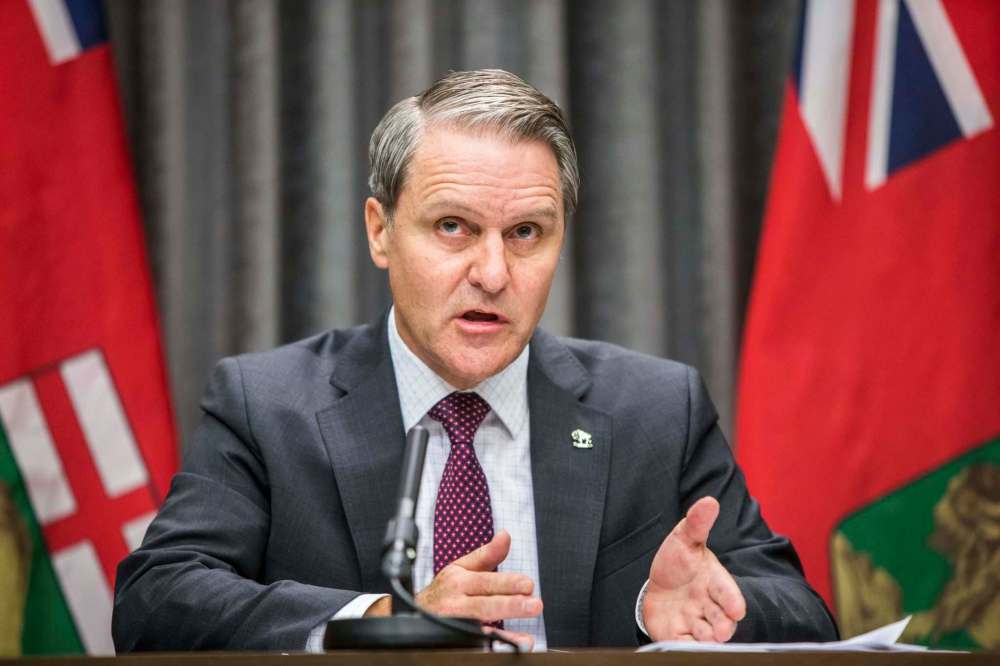
Reaction was swift. Events were cancelled, businesses closed, schools prepared for their first attempt at remote learning, employees started working from home, hand sanitizer became ubiquitous and panic-buying (toilet paper, anyone?) was in full swing. A “new normal” arrived virtually overnight.
At the time, it was hard to imagine public-health restrictions lasting longer than a few weeks. A year later, we’ve become accustomed to the grim, disheartening rollercoaster of pandemic life.
On March 27, the province’s first death due to COVID-19 was confirmed — the first of many dark milestones. To date, there have been more than 32,000 cases locally and more than 900 Manitobans have died from the virus.
The death and disruption caused by a microscopic viral particle is hard to comprehend, and we’ll be dealing with the fallout of its rampage for years to come. But this spring feels decidedly more hopeful than last.
For starters, the season appears to have arrived early — a welcome reprieve after weeks stuck in a polar vortex — and vaccines are here and the province has announced plans to immunize every eligible Manitoban with at least one dose by summer. If everything goes as planned, we could soon be stepping off the wild ride of lockdowns and viral waves.
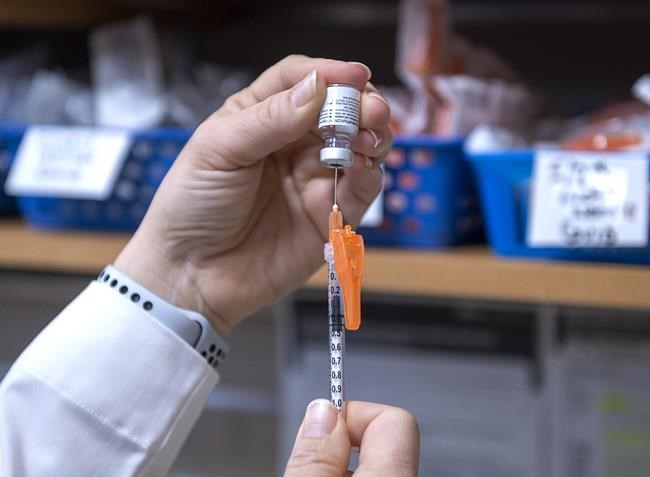
But before we focus solely on the light at the end of the tunnel, we should take stock of the lessons learned during the last year. Otherwise, we risk returning to a “normal” that doesn’t serve or include everyone.
We’ve learned that not all jobs are created equal. While some have been able to work from home, those in essential services have been forced to the front lines along with health-care workers. When the battle is won, we’ll have delivery drivers, grocery clerks, teachers, child-care providers, nurses and doctors to thank for carrying us through — and for that, they deserve not only respect, but adequate compensation.
We’ve learned that inequality runs rampant in Manitoba. Communities of Black, Indigenous and people of colour (BIPOC) have been disproportionately affected by COVID-19 because of social inequality, rooted in systemic racism, that existed long before the pandemic. Grassroots and community organizations have been working overtime to fill the gaps; it’s time for governments to do the same.
We’ve also learned that teamwork, to borrow an overused metaphor from Premier Brian Pallister, does, in fact, make the dream work.
We’ve learned that elderly Manitobans are vulnerable Manitobans. Throughout the pandemic, those living in personal-care homes have suffered disproportionately in terms of infection rates and isolation. We need to take better care of our seniors.
We’ve also learned that teamwork, to borrow an overused metaphor from Premier Brian Pallister, does, in fact, make the dream work. It’s hard to forgo your own comforts for the good of society, but Manitobans (save for isolated pockets, such as those attending anti-mask protests) have done so by staying home, wearing masks and sticking to “the fundamentals” for 12 long months.
If we can carry that compassion through to the other side, our post-pandemic future will be much brighter.

